“Travel is the best teacher.”
Have you ever heard this saying? As a photographer, travel teaches you more than you could ever imagine. It requires a lot of preparation and attention to details. Yet, it also requires you to be open, ready for the unexpected, and willing to take risks sometimes to get the best shots!
Whether you are traveling into your backyard or across the globe, knowing what to put in your camera bag can be daunting. There are so many great gadgets out there.
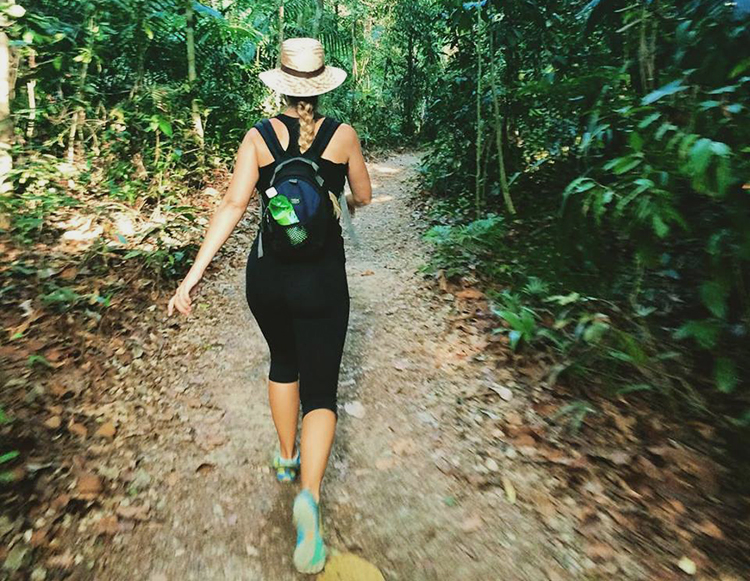
How do you know what’s most important to bring? How do you know what not to bring?
Choosing the best equipment to pack for any kind of adventure is challenging. It’s not about being the next national geographic photographer, it’s about being ready to create awesome experiences and capture those moments at the same time. You are first a traveler, second a photographer.
No matter where you go, what goes in your camera bag is just as important as what goes in your suitcase – maybe even more important! Too much equipment, or the wrong equipment, can make or break your memory making experiences.
Depending on your photography focus, you want to have a wide range of gear options, that take up as little space and weight as possible. That’s the number one goal. After traveling the world for over a year with only one 30 liter backpack and my camera bag, I’ve learned what’s absolutely necessary to bring, and what I can leave behind the next time. Let’s breakdown the camera bag of a professional traveler and lifestyle photographer.
The obvious equipment to pack:
- Memory cards
- Batteries
- Camera charger
- Universal Plugin
- Camera body
- Lenses
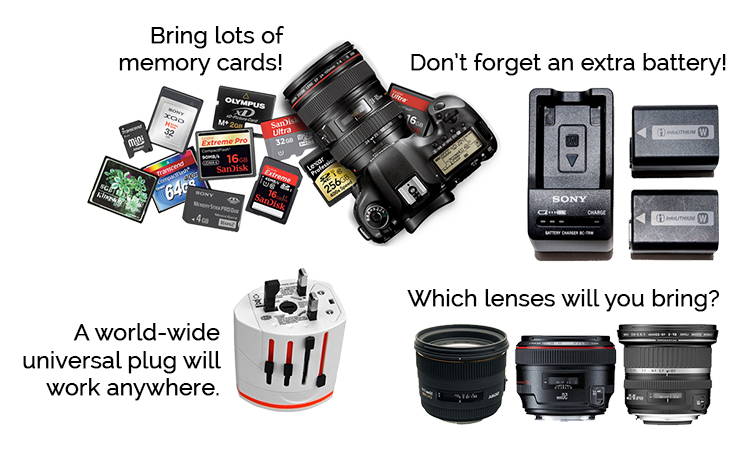
These are the items you always want to carry as a photographer. Besides the camera body and lenses, these things are fairly light weight and don’t take up too much room.
Memory Cards:
Consider having multiple smaller memory cards instead of one big one. Carrying four 8GB memory cards is a safer bet than carrying one 32GB memory card. You don’t want to risk carrying all of your images on one card because there is always a possibility of that card being corrupted or lost.
Charger and Plug:
When we travel, we tend to take more photos than if we were just at home. Your camera battery will run through a full charge much quicker on the road. Make sure you bring backup batteries, and don’t forget your battery charger. Consider where you are traveling and the outlet plug necessary. A universal port with surge protection is not something to skimp on!
Camera Body:
This is personal preference. All of the best camera manufacturers have developed amazing high-end digital cameras that are light-weight, fairly small in size, and perform beautifully. Do your research ahead of time and choose the best option for you. These days, even the lower-end DSLR camera models perform beautifully compared to just a few years ago. Consider purchasing a mirrorless camera. These are the latest technological advance in the photography industry.
Lenses:
This is another personal preference, so which lenses are best for you? Many people choose to bring a telephoto lens for travel experiences. They allow you to zoom in to things really far away and capture details you can not see from a distance. But these are the heaviest lenses on the market, and when traveling you will use it way less than you think. I say skip the telephoto lens and stick to using portrait (medium telephoto) and wide angle lenses for your travel experiences.
The not so obvious equipment:
- Prime lenses
- Rapid Strap
- Lens wipes
- Graduated Neutral Density Filter
- Backup hard drive
|
- Laptop computer
- Backpack camera bag
- Waterproof camera
- SmartPhone and photography apps
|
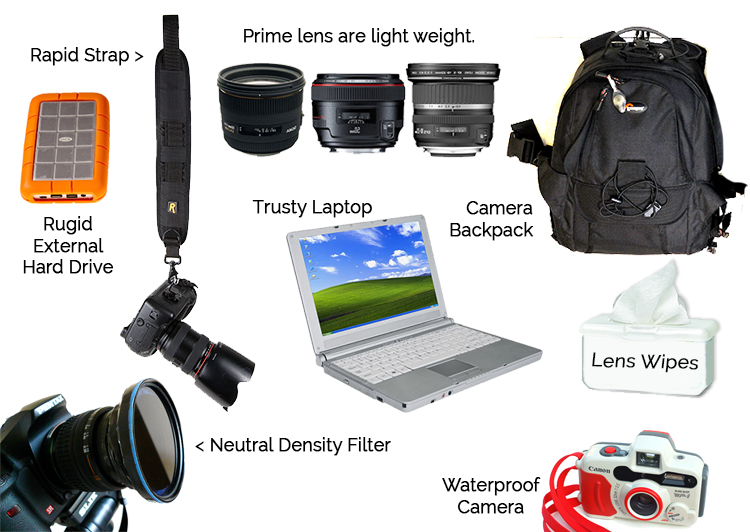
A Prime Lens:
I carry two lenses when I travel. As a portrait and landscape photographer it is important to carry lenses with focal lengths of 24mm or smaller for landscapes and 35-85mm for portraits. A fixed lens, like the 35mm or 50mm is, in my opinion, the very best lens to carry for any travel trip. It’s lightweight and very small. With a wider aperture of f/1.2 – f/2.8, this lens will allow more light to come in, which is important when photographing in low-light scenarios. The wider apertures will create a shallow depth of field, giving you much more creative freedom to become truly connected to your scene.
The challenge with a fixed lens is that there is no zoom. This is where your adventurous mindset comes into play! Your feet become your zoom. You will explore more of the area because you must move around to capture different angles and areas. Indoors, or out, close-up or far away, a prime portrait lens is the ideal traveling lens.
A wide angle zoom is also a great addition to add to your traveling camera bag. Any 10mm-24mm wide angle lens will allow you to capture those fabulous landscapes that can’t be photographed as well with your portrait lens.
Rapid Strap:
The rapid strap is the best camera strap on the market today. This is absolutely worth the investment of about $ 100. Giving you the flexibility of a shoulder strap and a secure, safety harness, this camera strap never left my body for nine months! Use it to save your neck from the pain of the heavy camera, and to feel secure and safe knowing your camera will always hang right by your side.
Lens Wipes:
Lens wipes are great when traveling, I use Zeiss Wipes brand. They clean everything streak free and protect your camera and glass from dust and dirt. Use one every time you take the lens cap off. Plus you can use them to clean more than just camera equipment! Don’t leave home with out these little guys.
ND Filter:
Filters are also extremely lightweight and take up no room at all. They are a great addition to any photographer’s bag, traveling or not. Having different kinds of filters to use on your adventure will give you an even wider range of unique options for photographing your experience. My favorite is the Graduated Neutral Density Filter (GND). It is an inexpensive addition to your bag that opens up a world of exposure options, no lens can do on its own. GND filters reduce the amount of light that can pass through a lens, allowing you to expose more evenly for extreme lighting scenarios.
For instance, if it’s midday and the sky is really bright, but the valley in the landscape is much darker, you can use a GND filter to darken the exposure of the sky, while the lens reads the proper exposure for the valley.

Backup Hard Drive and Laptop:
I carry a 2TB Western Digital Passport External Hard Drive and my reliable Macbook Pro everywhere I go. As a traveling photographer, the most important thing is to be able to upload and backup my images immediately. Although many photographers decide to leave these heavy items behind for obvious reasons, I say pack them and use them regularly. Make a habit of spending some time after each adventure to backup and edit your images. You will become a better photographer as you study your photos right away, and see what worked and what didn’t. This will make your entire adventure a great learning experience too!
Camera Backpack:
Backpack style camera bags are ideal. You can wear it on your back for easy transportation and hiking. You can carry it in front of you when traveling from one location to another, to keep your equipment safe and secure during your journey. Choose a backpack style that fits all of your equipment, and is also easy to unzip to get into right away. You will save a lot of time and energy by having a camera bag that is specifically designed for traveling.
Waterproof Camera:
One thing that I wish I had during this last trip was a smaller waterproof, shock proof camera. Though it might only be used a few times when jumping off waterfalls or out on a boat, these are experiences I don’t have photographs of because I didn’t have that extra piece of equipment.
If your budget allows for it, buy a nice point-and-shoot waterproof camera that fits in your pocket. You will be happy you did.
Smartphone and Apps:
Everyone has a smartphone now that takes pretty decent images. Although these gadgets will never be as great as your DSLR camera, they are convenient and always available. Don’t leave home with out your smartphone and check out these awesome photography apps:
- Instagram – The most popular way to share your travel photography with the world.
- Flipagram – Fun photo videos stories set to music you love. Share on many social media platforms.
- Light Meter – On the go professional light meter with an easy interface to use on the go.
- Dropbox – Easily sync and back up everything on your smartphone without having to do a thing.
- Manual – Turn your smartphone into a DSLR with full control over Aperture, ISO and Shutter Speed and more.
- Snapseed – Amazing editing on the go. Send your editing images directly to your favorite social media app right from Snapseed.
- Hyperlapse – Amazing timelapse app by Instagram (iOS only). This app is addicting and will get you loving video!
The things to leave behind:
- Big telephoto lens
- Tripod
- Selfie stick
- Flash
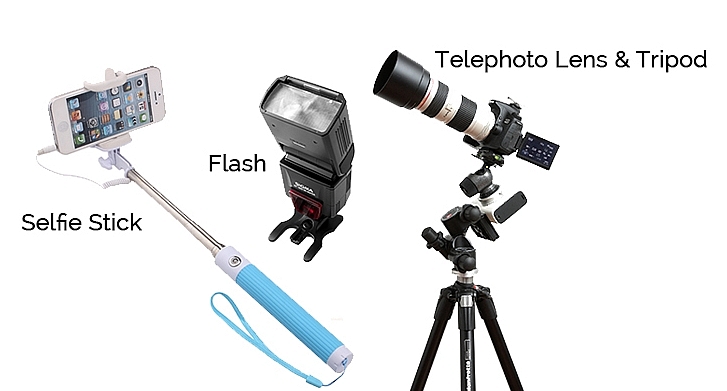
As a traveler, you want to minimize what goes in your camera bag. These are the things I recommend leaving behind.
Telephoto Lens:
Carrying all your lenses to capture the entire focal length range (8mm or less to 500mm or more) is unnecessary. Most people consider bringing a telephoto lens because you can zoom in really close to things that are far away. I say skip it. The point of travel is to explore, and create memories by enjoying each moment. Use your feet as your zoom, go to those places far away! You will be glad that you are not carrying this heavy lens and love the new fun things you discover along your journey.
Tripods:
I might get some negative feedback on this one. If you want to capture night scenes and long exposures, you might want one. However most of the time you can easily find something to set your camera on to capture these scenes just as well without a tripod. Tripods are heavy, awkward to carry, and tend to get in the way. Leave it at home and save yourself the trouble. Challenge yourself to find a make-shift tripod while out on your journey.
Selfie stick:
Use a make-shift tripod to capture yourself in a shot by looking for a nearby table, rock or ask a friendly traveler around to take the photo for you.
Every time a selfie stick comes out, you are bound to miss the beauty of the moment. I noticed this in every city I traveled to. Remember being a traveling photographer is all about balancing the experience of being in the moment and capturing it at the same time. Stay in the moment! Quickly capture a creative selfie of yourself and then capture the scene through your DSLR most of the time to stay connected to your entire experience.
Flash:
If you are a comfortable shooting with a flash, bring it. There is always an opportunity to use one. But, if you are not keen on using a flash regularly, don’t bring it just for the trip. I did not use a flash once while traveling the world. Capturing adventure and travel photography is about the beauty of nature and the diversity of cultures around the world. Using natural light and becoming intimate with your your scenes and subjects is the best way to create realistic and artistic images.
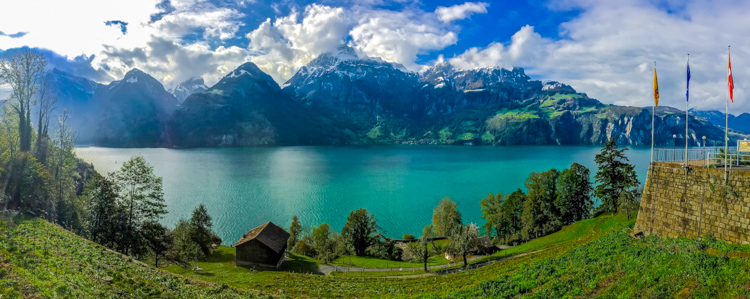
Traveling really is the best teacher. Being a traveling photographer challenges you to stay in the moment and capture it at the same time. Make this easier on yourself by packing light and taking risks. Pack your camera bag like a professional traveler and your adventures will become the best memories of your life.
I am on an endless journey to experience the world, and share it through my lens. As technology advances and more people take off on big adventures, there will always be new amazing things to consider adding (or removing) from your camera bag.
Do you have any other awesome tips for being a traveling photographer? I’d love to hear them! Share your thoughts in the comment section below.
googletag.cmd.push(function() {
tablet_slots.push( googletag.defineSlot( “/1005424/_dPSv4_tab-all-article-bottom_(300×250)”, [300, 250], “pb-ad-78623” ).addService( googletag.pubads() ) ); } );
googletag.cmd.push(function() {
mobile_slots.push( googletag.defineSlot( “/1005424/_dPSv4_mob-all-article-bottom_(300×250)”, [300, 250], “pb-ad-78158” ).addService( googletag.pubads() ) ); } );
The post The Camera Bag of a Professional Traveler by Danielle Werner appeared first on Digital Photography School.

Digital Photography School
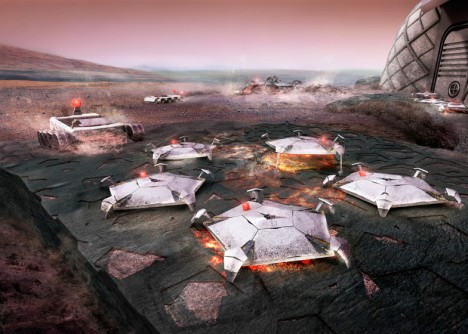
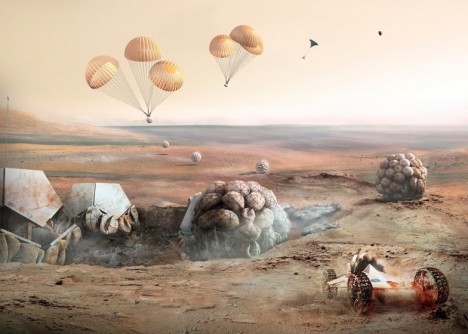
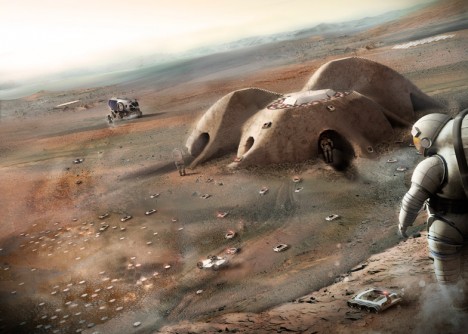
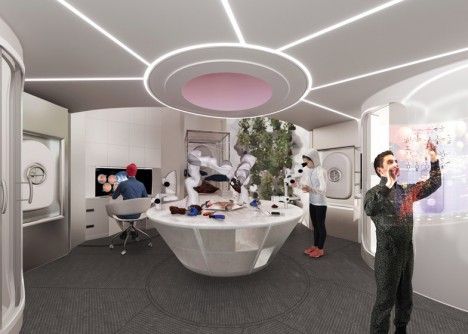
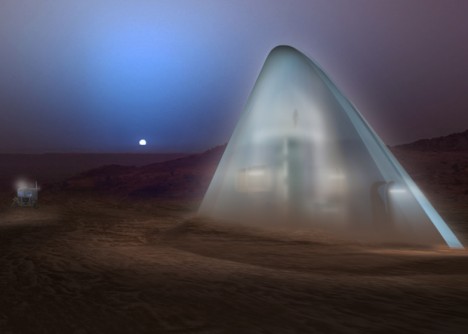
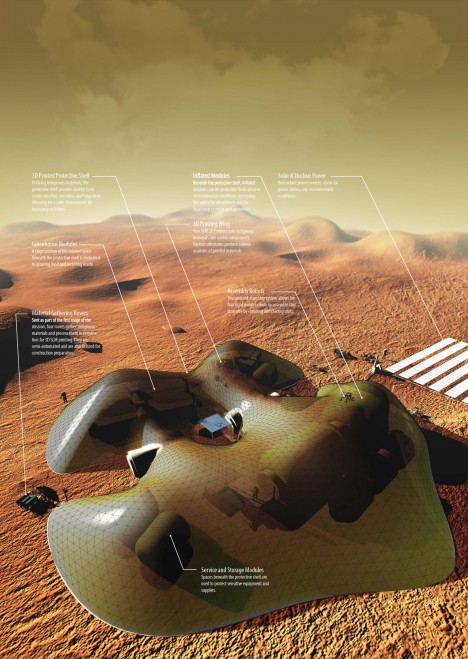

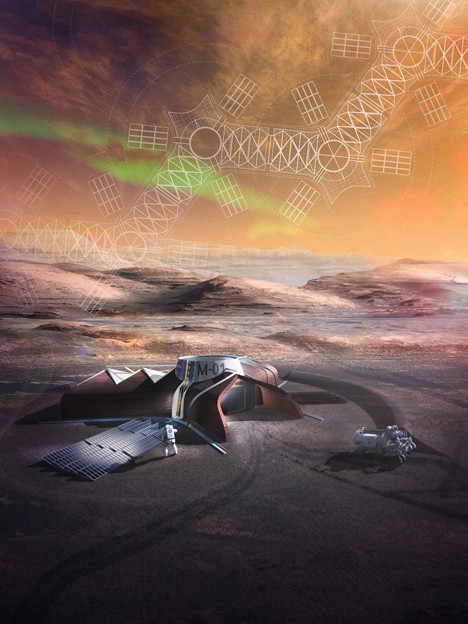


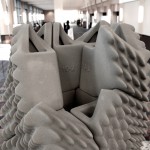





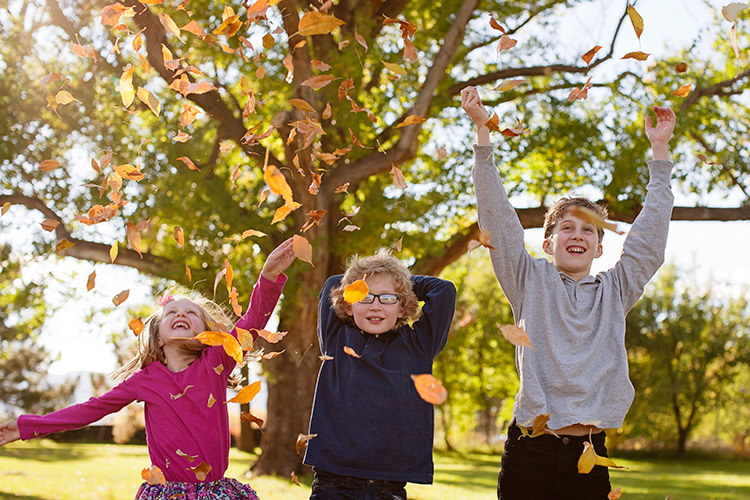
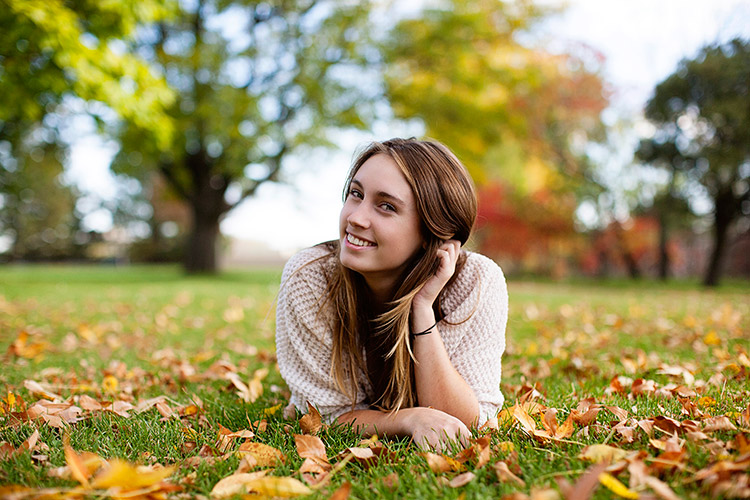
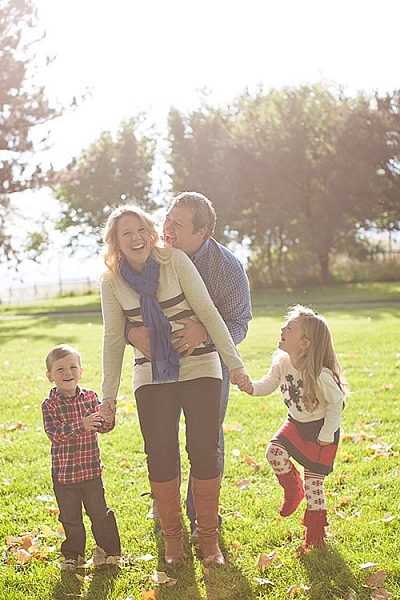
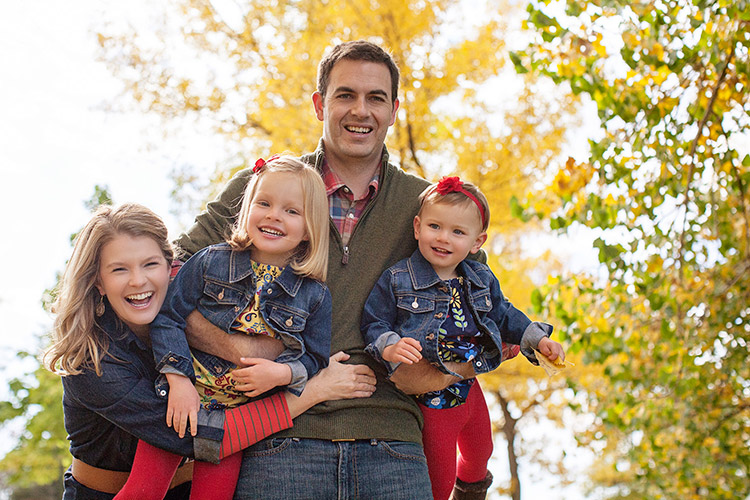
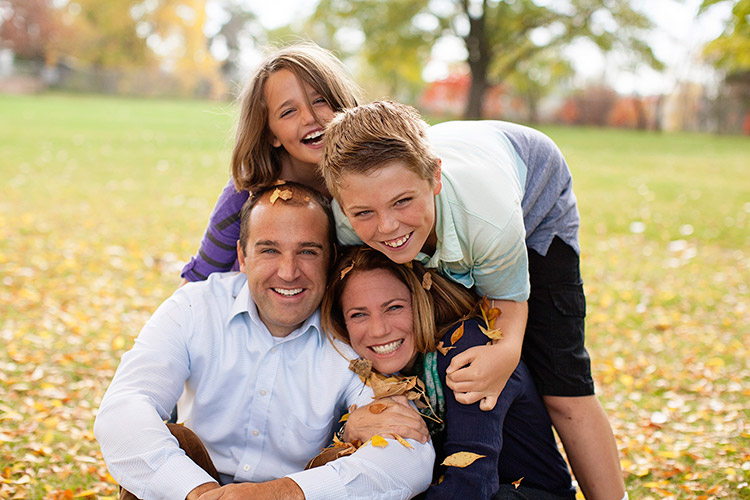

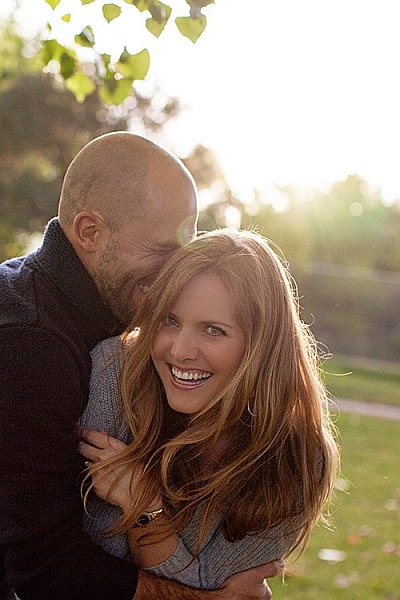
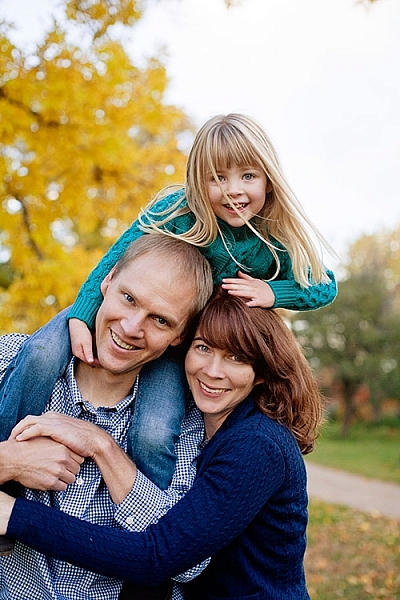
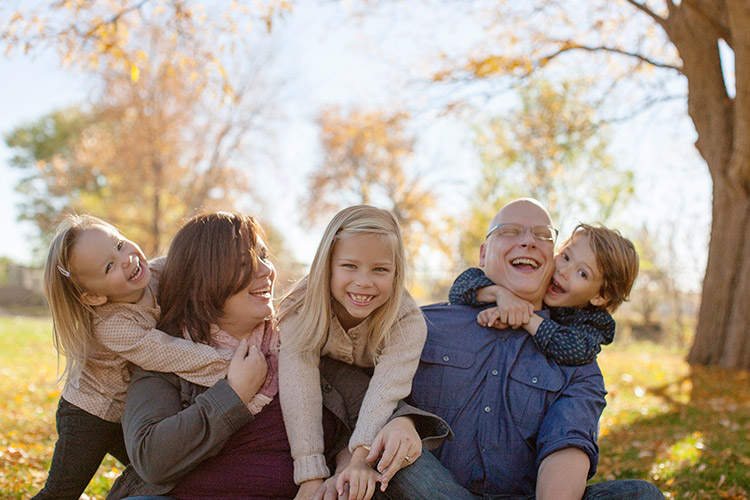
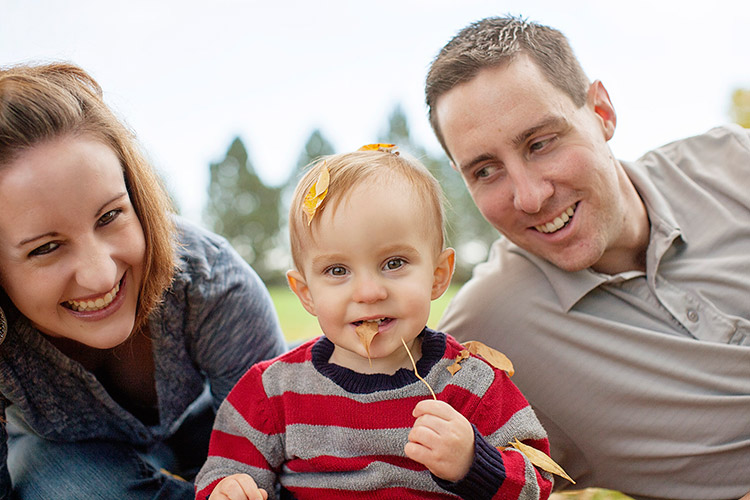
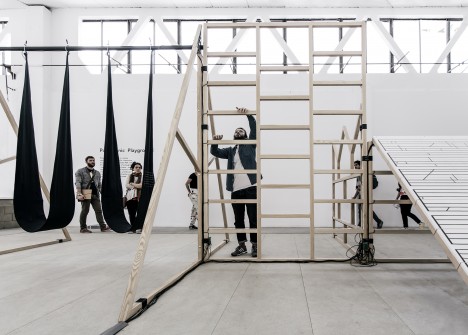

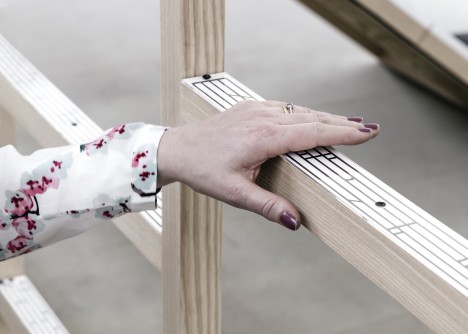
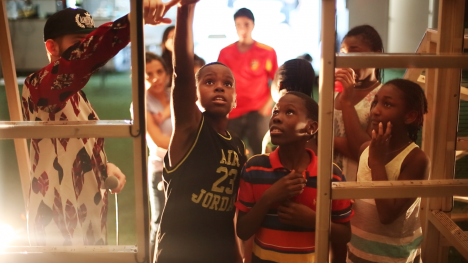
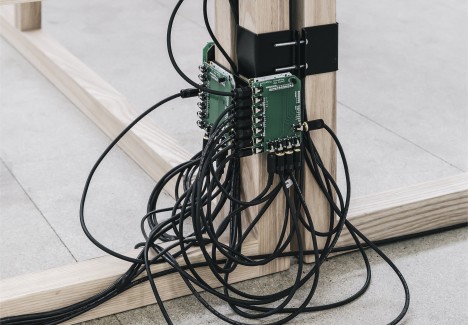
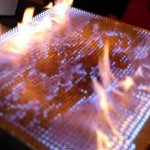
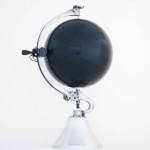
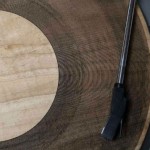






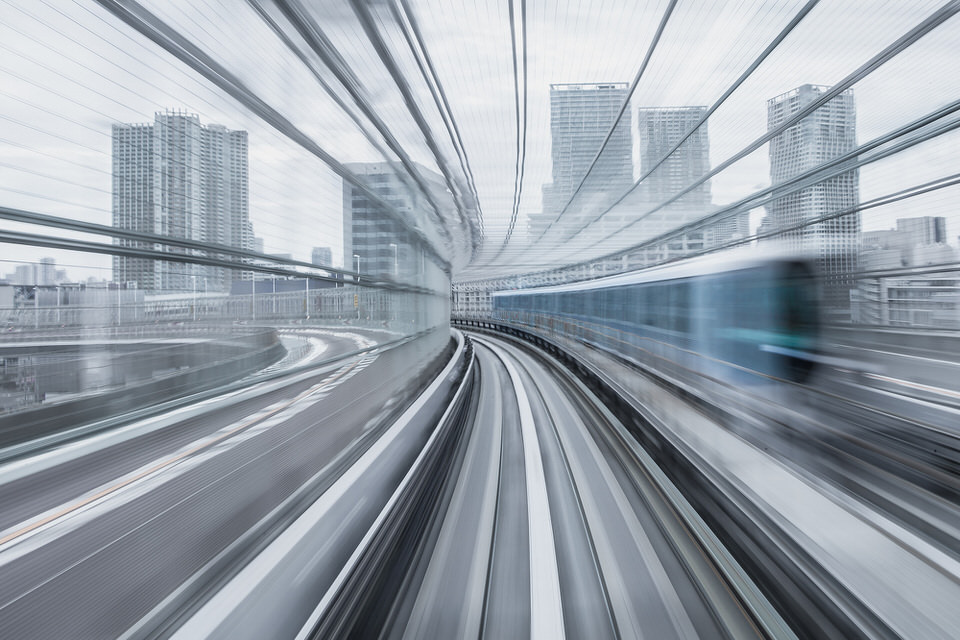
You must be logged in to post a comment.